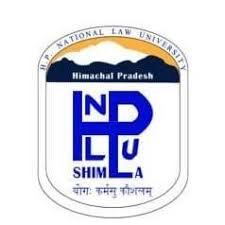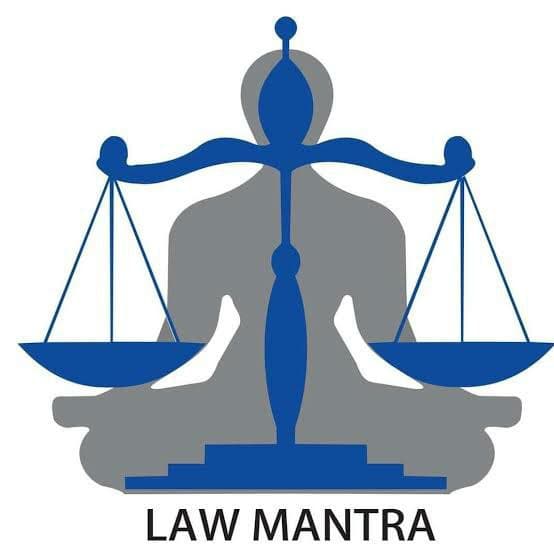
According to the World Health Organization, 2023, “an estimated 1.3 billion people, i.e. about 16% of the global population currently experience significant disability”. Accessibility for all to tourism facilities, products, and services should be a central part of any responsible and sustainable tourism policy. Accessibility is not only about human right; it is also a business opportunity for destinations and companies to embrace all visitors and enhance their revenues. When we talk about tourism in India, it includes diverse aspects and geographical locations and covers the whole India from Kashmir to Kanyakumari. Apart from the general tourist destinations we have specific tourism plans including religious tourism, environmental tourism, Mountain tourism and virtual tourism. There are many national, international companies assisting in planning visits, travel, stay and location spotting. According to World Travel and Tourism Council calculated tourism generated 13.2 Lakh crore rupees or 5.8% of India’s GDP and supported 32.1 million jobs in the year of 2021. This way, access to tourism is part of freedom of movement, whereby every individual is free to travel at tourist places of her choices. But when we talk about persons with disabilities and their access to tourist places, we came to know that all most hundred present of
tourist places are not disabled friendly. When we talk about northern hill stations like Manali, Shimla or sea beaches in down south, none of places are disabled friendly. Recently, UNWTO, Fundacion ONCE and Spanish Association for Standardization launched a user guide to apply international standards targeting accommodation, food & beverage and MICE companies. The idea is to create a standard services in terms of accessibility and developing and adapting accessible services in tourism and hospitality industry. Similarly, Disability Laws, both at international (UNCRPD, 2006) and national level (PWD Act, 2016) including various Supreme Court pronouncements have argued about state’s obligation in creating an accessible environment. But in practice, the reality speaks the sorry state of affair. Therefore, the present book is an attempt to highlight the on-going challenges and success stories related to accessible tourism.
BROAD THEMES FOR THE CHAPTERS
The following are the suggested themes for the chapters:
- Constitution and Right to Movement for persons with disabilities
- Right to Equality and Tourism for Persons with Disabilities
- Rights for Persons with Disability Act and analysis of Barrier free environment (case studies in reference to tourists places)
- Media and Accessible Tourism
- Sociological Study of Contraction of Disability and impact on right to free movement
- First Person Narratives on Accessible Tourism
- Accessible Tourism: An International Perspective
- Tourism Industry and Disability
- Mountains and Disability
- Theorizing Tourism and Disability: How to bridge the Gap?
- Religious Tourism and People with Disabilities
- Tourism Laws and Accessibility to Disabled People
- Environment Tourism and Disability
- Disability and Virtual Tourism
- Literary Tourism and Access
- Architectural Tourism and Disabled People
- Accessible India and Tourist Places at Himalayas
- Access to National Parks and persons with disabilities
- Corporate Social Responsibility in making Accessible Environment
- Technology and its use in making tourist places accessible
- Disability Laws and Right to Accessible Accommodation
- Right to Travel and Barrier free Access
- Hotels and Rights of Persons with Disabilities
- Transportation and Accessibility
The themes are illustrative and authors are free to choose topic of their choice as long it justify and related to the main theme.
General Instructions for submission:
- The manuscript must contain between 5000 to 8000 words.
- Submission in electronic form: All contributions have to be submitted in electronic form. The manuscript should be typed in MS Office double spaced, with a left margin of one and half inches, and sent to: [email protected].
- Abstract: Abstract of the paper in 250-300 words should be sent along with the electronic submissions.
- Covering Letter: Author(s) must send a covering letter mentioning the title of the paper, name, designation, and details of the author(s) as well as institutional affiliation. The author(s) are compulsorily required to make a solemn declaration about the originality of the manuscript and that the same has not been published or submitted for publication elsewhere.
- Communication of Acceptance: The decision on the acceptance of the paper for publication will be that of the Editorial Board, which shall be final. The communication shall be made electronically. The Editorial Board reserves the right of publication and a manuscript maybe rejected from publication in the final stage(s).
- Contact: 16 Mile, Shimla-Mandi National Highway, Ghandal District Shimla, Himachal Pradesh-171014. India Ph. 0177- 2779802, 0177-2779803, Fax:0177- 2779802. Email: [email protected]; Website: http://hpnlu.ac.in.
- Last Date of Submission: The last date for submission is November 30, 2023.
STYLE REQUIREMENTS
- Citation:For citation and references, the HPNLU Citation Style or the Bluebook, A Uniform System of Citation (20th Edn.), should be strictly followed. The HPNLU Citation-Style is availablehttps://www.hpnlu.ac.in/PDF/252e010c-6417-45fc-a15d- 75fded9c3905.pdf. It can also be used for the paper in case of any confusion vis-a-vis format and footnoting.
- Lengthy Quotations discouraged: Author(s) should avoid long quotations and keep it at minimum wherever necessary with full and proper acknowledgement.
- Footnotes: Lengthy and multi-paragraphed footnotes are discouraged. The citations must mention the page(s) of the source and in cases where Court Judgments are referred to, the footnote should also mention the paragraph of the judgment in addition to the page number of the Reporter.
- Websites: Only authoritative and authentic websites may be cited. References to internet sources, such as Wikipedia, blogs, commercial websites, etc., are not acceptable.
Editor in Chief
- Prof. (Dr.) Nishtha Jaswal, Hon’ble Vice-Chancellor, HPNLU, Shimla
- Editor: Dr. Sachin Sharma, Associate Professor of Law, HPNLU, Shimla
For More Details Click HERE
